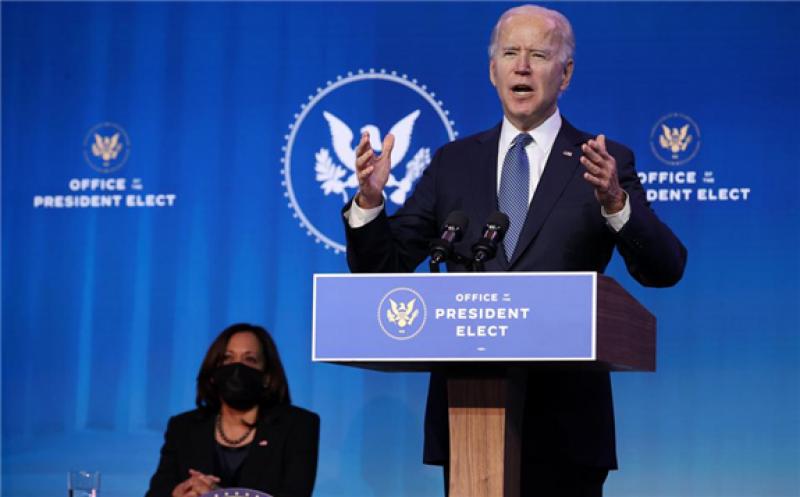When President Biden takes office on January 20, among the many other obstacles, issues and problems that he will need to deal with is an impending polar vortex that meteorologists now predict will descend upon the United States starting in mid-January. At the same time, Mr. Biden will also assume responsibility for fighting the continuing COVID-19 Coronavirus pandemic. Dealing with both natural disasters will require enormous amounts of energy. It will be President Biden’s job to make sure that energy is provided to those who need it, and to do so he will need to use all of the resources available to him.

The immediate concern will be ensuring that areas that have actively prevented fossil fuel production, distribution, or both, are able to maintain sufficient power to fight the cold and the virus. Chief among those areas will be the New York metropolitan area and New England.
The last time a polar vortex hit this country hard, in 2018, these same areas were forced to import natural gas and oil from Russia. That may happen again, especially given New York State’s all-out assault not just on fracking but on natural gas pipelines as well.
In addition, expansion of and improvements made to the Panama Canal have made it easier for tankers from Trinidad and Tobago, historically a main source of Northeastern gas imports, to access markets in South America and Asia. Thus, with more tankers diverting to the Southern Hemisphere, there will be fewer alternatives to Russian gas available for import. Yet again, we likely will witness the sad spectacle of the United States importing gas for New York City from a place like Russia, notwithstanding the fact that immense quantities of natural gas are – but for the lack of a pipeline – available only a four-hour drive away in Northeastern Pennsylvania. Thanks to the artificial interference with normal markets wrought by green energy politics, that gas simply has no easy way to reach New York City or New England.
Meanwhile, the Coronavirus maintains its grip on the country, consistently breaking daily death records and, now, likely driven by an even more transmissible virus. For the foreseeable future, American hospitals and other care facilities will need to keep the lights on and the ICU units running, our first responders will need PPE’s, and we will all still need masks.
All of these necessities come almost entirely from fossil fuels. That fact alone will put the President in a quandary. The Democratic left wing will demand implementation of the “Green New Deal”, which seeks to end fossil fuel usage. Ironically, the pressing medical emergency may give the President enough breathing space to resist pursuing the more radical approaches being demanded by the far left – at least for a while.
As President Biden reorients the Federal government to take a lead internationally against climate change, he will benefit from significant advances in renewable energy, including increased battery storage capacity. However, the world remains far from being able to translate this into sufficient capacity to power entire economies, so the President will have to determine how to scale up renewables while limiting their environmental footprint (which is rarely discussed as an issue, but is a very serious problem in its own right), and maintaining a sufficient supply of fossil fuels for backup when (not if) renewable energy is not available.
President Biden will also face the issue of reasserting Federal control over both interstate commerce and foreign policy as it relates to energy matters. Mr. Biden will have one advantage over his predecessor, as the Governors most aggressively pursuing their claims to unilaterally control energy development and interstate pipeline construction in their respective states are almost entirely Democrats. With a Democratic Administration, taking absolutist positions on this will no longer provide large political benefits.
For President Biden, reasserting Federal control will be a need rather than a wish. Infrastructure modernization was a key tenet of Mr. Biden’s platform as a candidate. To actually accomplish this, he will have to face down many entrenched interests who aim to do the opposite, and who ironically constitute much of his own political base.
Airport, rail, and highway modernization, oil and gas pipelines, renewable energy facilities, improved power and water grids, and other forms of infrastructure - all are being fought by the environmental lobby. To succeed in restoring order and common sense to the nation’s energy policy, Biden likely will have to either defeat or reach an accommodation with these groups, who for this purpose constitute his political adversaries, yet ironically are located within his own political tent. Accomplishing some of this would be impressive, doing most of it will require immense political skill. The only thing that is certain is that this will require far more pragmatism than idealism. Let’s hope the new President is up to it.
This article is reproduced at www.forbes.com